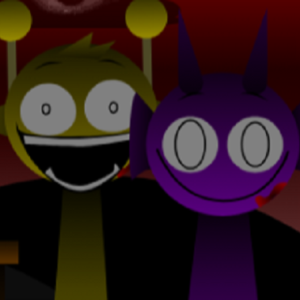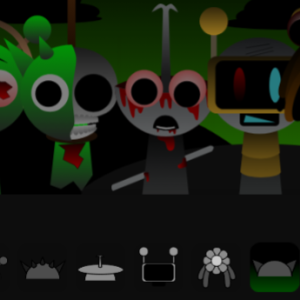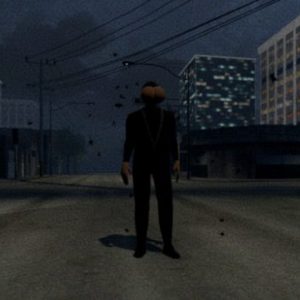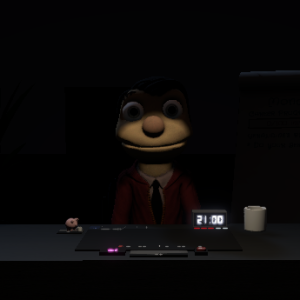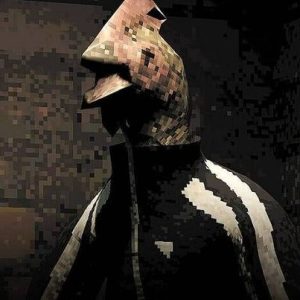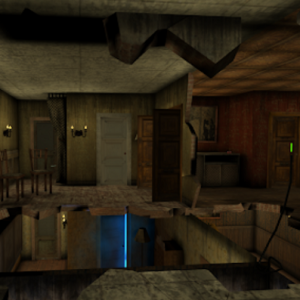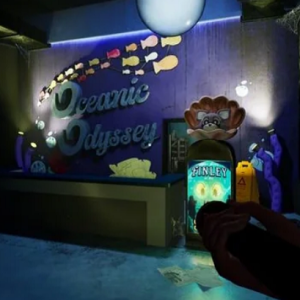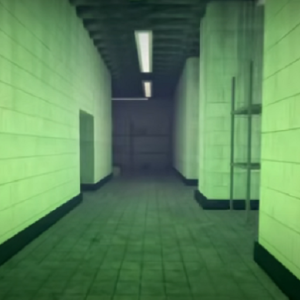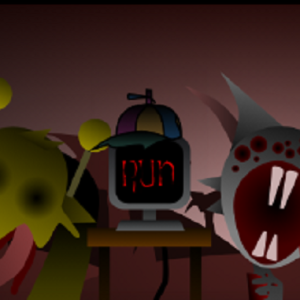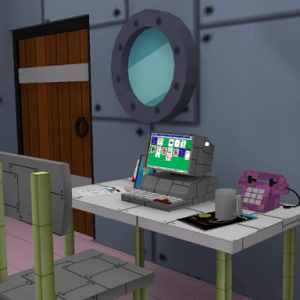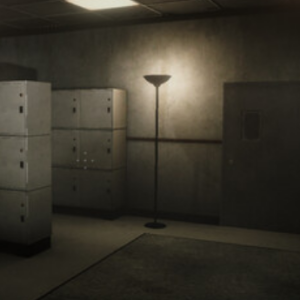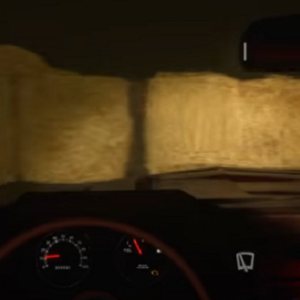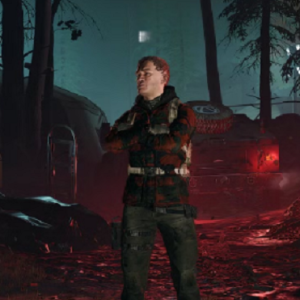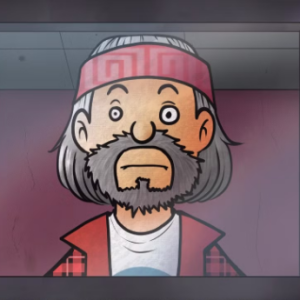Similiar games
Sprunki Wenda Treatment 2.0 marks a departure from its predecessor’s more predictable structure by introducing instability as a feature rather than a flaw. The game still revolves around assembling loops by placing characters into a grid, but now every interaction carries the potential for unexpected outcomes. As the player builds a composition, subtle shifts in sound, timing, and visual output suggest that the system has its own internal rhythm — one that occasionally contradicts the user’s input.
Sound Design That Resists Control
In this version, sound loops do not always behave identically with each placement. Some change their timing slightly over time, while others fade out or distort when surrounded by too many overlapping figures. This unpredictability adds complexity, transforming a simple music game into an environment where experimentation is essential. Players are encouraged to embrace failure and rearrangement as part of the process, observing how loops mutate depending on their neighbors.
What Sets This Version Apart
Sprunki Wenda Treatment 2.0 introduces subtle mechanical and atmospheric updates that affect both form and feedback. While visually familiar, the way the game reacts has evolved.
Changes include:
- Characters that shift audio pitch after several play cycles
- Backgrounds that flicker based on loop combinations
- Time-based transformations where effects appear mid-play
- A less rigid grid system that allows for overlapping placements
- No scoring system, encouraging open-ended exploration
These additions reinforce the idea that players are not solving, but rather exploring a live system with unpredictable results.
An Interface For Sound Fragmentation
The visual aspect of the game now behaves more like a reflection of the sounds being produced. Sudden changes in color, flicker patterns, or character motion often correspond to loop shifts, making the entire interface feel reactive. This design encourages players to watch as closely as they listen. The boundary between visual and audio input becomes increasingly blurred, turning the play session into an abstract composition of movement and glitch.
Sprunki Wenda Treatment 2.0 does not seek to guide the user toward musical mastery. Instead, it invites a continuous loop of arrangement and reaction, where each new combination offers a different version of the system’s voice. It encourages curiosity, persistence, and comfort with the idea that not everything will align — and that sometimes, misalignment is where the most interesting results begin.


